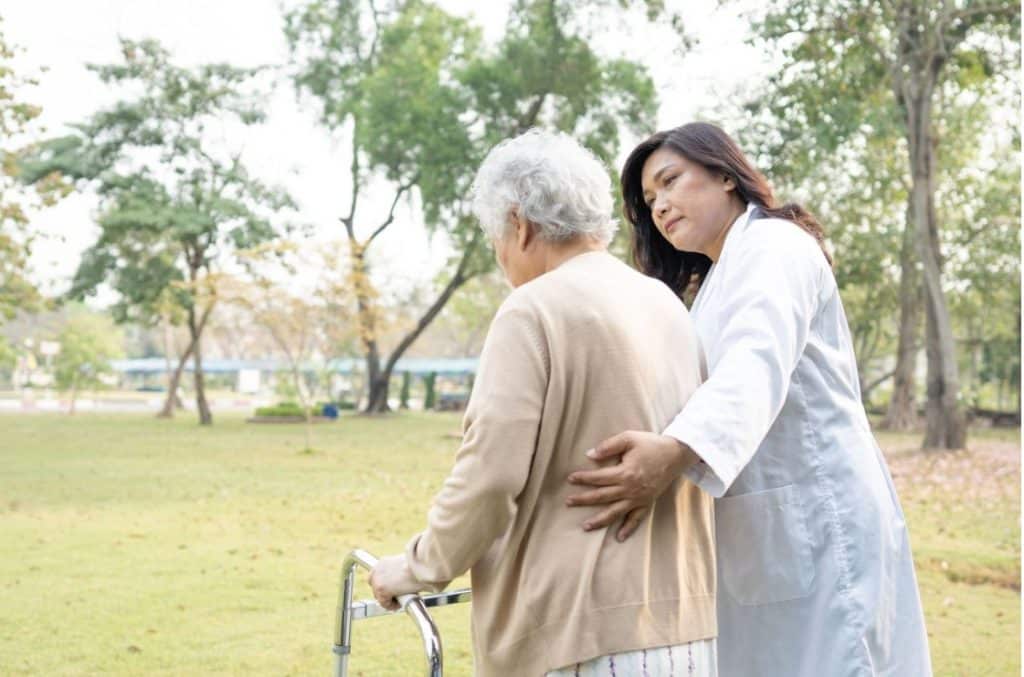Walk This Way – What Wound Care Providers Can Learn From How You Walk
What can how you walk tell a provider?
Evaluating how you walk is an important tool your wound care provider uses to detect any abnormal patterns that may relate to biomechanical issues that influence the prevention or treatment of wounds. Abnormalities in stride, joint movement, force and pressure placed on the foot during walking contribute to ulcer healing.

Walking involves balance and coordination of muscles so that the body is propelled forward in a rhythm, called the stride. There are numerous possibilities that may cause an abnormal walking pattern. Some common causes impacting stride are injury, arthritis, neurologic conditions, stroke, inner ear disorder, or ill-fitting footwear.
How can diabetes change the way you walk?
In individuals with Diabetes, evaluation of how you walk can be very important. Nerve damage from high blood glucose can reduce sensation making it easy to overlook injury or infection. High blood glucose can also damage blood vessels and reduce the blood flow to the feet. These factors may lead to changes in the structure of the foot and lead to deformity, changes in the manner of walking, and potentially wounds. Diabetes-related foot problems are a leading reason for leg and foot ulcers and amputations.

How can walking patterns help determine a plan of care?
By evaluating your walking, the provider can detect abnormal patterns that may arise from pain, restrictions in joint motion, abnormalities in foot or leg structure and muscles, and asymmetries between extremities. It will also help in determining a plan of care to off-load an ulcer or injury during treatment. It contributes to decision making regarding the best means to off-weight an ulcer without impacting other joints, balance, or individual needs. You may also receive instruction in fall prevention.
What are some devices that can assist with walking?
Assistive devices such as canes and walkers may help in some cases in which balance is a problem. Physical therapy and strengthening exercises may be appropriate in other cases to improve balance, strength and flexibility.
Don’t be surprised the next time your provider is watching you as you walk into their office, or asks you to take a walk-in front of them in the exam room. Assessing you as you walk is an important tool in your plan of care. Reducing the mechanical loading on the foot during walking is a component used to promote ulcer treatments and healing.
To learn more about Sanara MedTech products, please visit. https://sanaramedtech.com/surgical/




